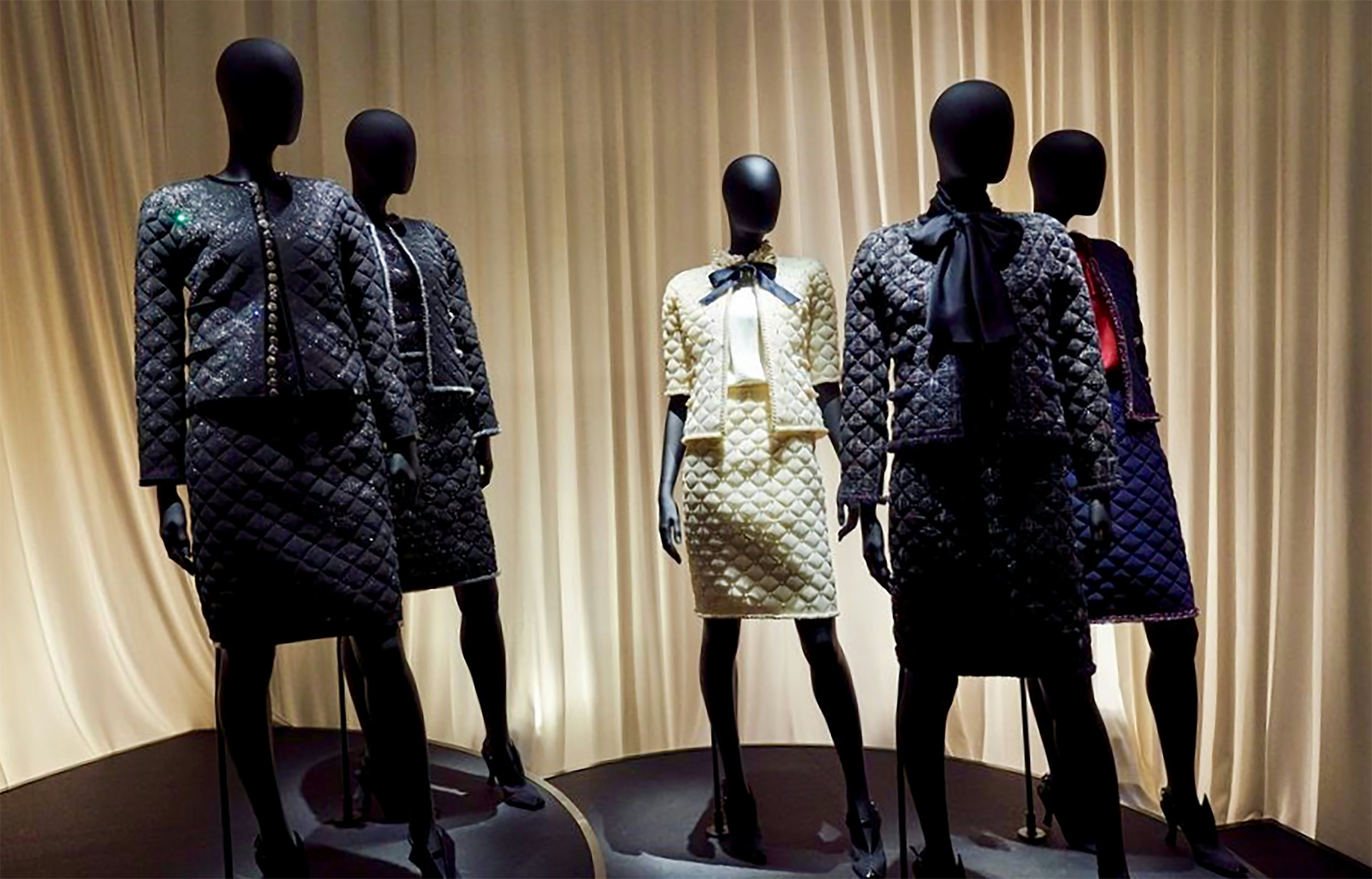In the past decade, luxury brands have become widely accessible, but the democratization of luxury retail has damaged the notion of exclusivity. Peter York, in an interview with the BBC, says: “The more that your brand is sold in luxury malls in China, the more concerned you are to reassure people who care about these things that you're 'the real thing', that you're associated with higher-level endeavors.” Basically, luxury brands are trapped between satisfying the desires of more mature, conservative consumer segments, while also appealing to the modern, prodigal Chinese luxury buyers.
In “The New World of Luxury, Caught Between Growing Momentum and Lasting Change,” The Boston Consulting Group identifies similar challenges: “Over the past several years, four trends have devalued the concept of luxury: changes in tastes and buying behaviors, the rise of new markets, the blurred definition of true luxury, and the advent of new media.” Furthermore, The Boston Consulting Group addresses “the stigma of the conspicuous consumption,” showing that consumers are no longer interested in status symbols and aspirational goods.
As the boundary between ubiquity and accessibility is becoming more flexible, luxury brands are pushing to maintain their premium positioning through a brand strategy centered on craftsmanship and legacy. Insert exhibitions here, and you’ll understand how luxury conglomerates communicate their unique traits to their consumer base through these external events. Today, everything changes at a draining speed, marketing trends included; therefore, “exhibitions become slow marketing,” and representations of a reflective life.
Jessica Yu, Founder of Hantang Culture , a leading media group in China, told Jing Daily, “For high-end brands, exhibitions are smart approaches of story-telling. And they are rather appealing for young people.” Yu says that exhibitions offer “WOW moments or emotional experiences, with the branding information organically incorporated to increase the desirability of the brand products.”
In fact, emotional experiences are valuable commodities for luxury brands, because they become the foundation of a long-lasting relationship with their customer base. Without an emotional connection it’s hard to build a sense of brand loyalty. Consequently, Yu believes that through exhibitions, luxury brands “create emotional links between the Chinese consumers and the brand.”
Additionally, exhibitions can overpower the negative equity associated with some heritage brands. In the not so distant past, luxury houses embraced elitism, pomposity, and snobbery. Needless to say that visionary luxury conglomerates like Kering and LVMH have understood that social stratification could never be fully removed from the physical world, but that doesn’t imply that the new strategy won’t promote social integration. Through exhibitions, heritage brands are enabling the illusion of inclusiveness and parity. Eventually, everybody can pay the entrance fee to a museum or a fashion exhibit, but few can afford a heritage product.
On the other hand, there’s another interesting aspect. Exhibitions build legacy. And legacy increases the brand’s success; hence, this is a model of codependency that keeps museums and artists relevant while boosting the brand’s equity. Basically, it’s a symbiotic relationship in which both sides depend on each other to survive and thrive.
According to a survey by YouGov Affluent Perspective 2019 Global Study, luxury consumers are already stretched thin by luxury consumption and 77 percent of the respondents say they are making fewer, but more meaningful purchases. This shows that luxury is slowly losing its appeal; thus, heritage brands need to differentiate themselves from competitors if they hope to survive in this increasingly competitive market. Moreover, heritage brands have to find new audiences as their consumer base is becoming lethargic and worn-out.
Given this, heritage brands are blurring the boundaries between art and luxury, and this change can be seen especially in China. Basically, Chinese see art as the utmost luxury; therefore, heritage houses hope to attract UHNWI through branded exhibitions. Since the art of giving lavish gifts is still valid, heritage brands know that they can meet their target customer at art auctions and exhibitions, where buyers search for unique gifts. And evidently finding luxury products in the same exhibition with art pieces creates a most welcome association for heritage brands. For example, a simple luxury accessory is transformed into an art piece, and a heritage brand that seems unapproachable and distant becomes immediately accessible.
Modern web-based communication tools bombard consumers with news and information; consequently, it’s getting increasingly difficult to understand what is genuine and honest. However, the vast majority of consumers still perceive art as a reflection of authenticity and legitimacy; thus, it’s easy to forget that exhibitions are still marketing activities that hide a commercial intent.
Luxury brands are constantly looking for novel ways to connect with consumers in China, and evidently the heritage exhibition model has been a successful customer engagement tool to increase brand loyalty and awareness. And if we assess Louis Vuitton’s success through the lens of the exhibition model, we understand that the French luxury conglomerate merges shopping and art into a union where one element can’t strive without the other.
All things considered, it is interesting to note that while the West fights the Retail Apocalypse, China is reshaping department stores and malls, transforming them into centers of culture. Sangeeth Ram, Senior Partner McKinsey & Company Dubai is on the same wavelength. In an article titled, “Meeting Millennials Where They Shop: Shaping the Future of Shopping Malls,"Ram says that developers need to redesign the shopping mall through edutainment. He suggests “working with educators to create new learning opportunities,” while transforming venues to connect education, discovery, and entertainment. Evidently, the new retail model has heritage exhibitions at its core.
